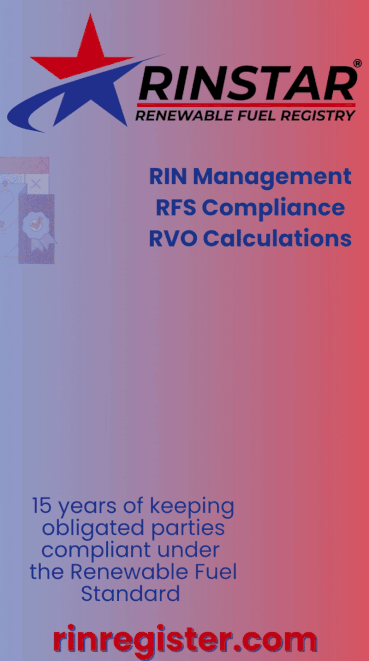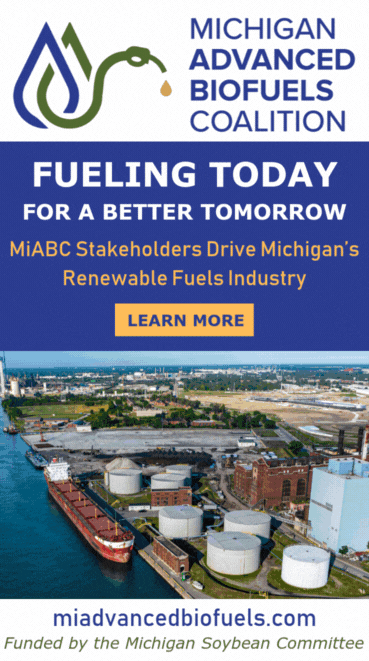California accounted for more than 99% of all renewable diesel consumed in US in 2021
- The U.S. Energy Information Administration
- Jul 21, 2023
- 3 min read
Updated: Jul 25, 2023

California accounts for nearly all renewable diesel consumption in the United States, but most of it isn’t made in the state*.
More than eight times the renewable diesel was consumed in California than was produced there in 2021, according to data from the U.S. Energy Information Administration.
Instead, most of California’s renewable diesel was produced in other states or was imported, mostly from Singapore.
Renewable diesel is a liquid biofuel that is chemically equivalent to petroleum diesel and can be used as an additive or substitute for diesel fuel in vehicles.
Although renewable diesel is similar to the more common biodiesel, the fuels differ chemically and in how they are made, transported and used.
Unlike biodiesel, renewable diesel can be transported in petroleum pipelines and sold at retail stations without blending with petroleum diesel.
It is often produced at existing petroleum refineries that are retrofitted to make biofuels instead of petroleum products.
California’s renewable diesel consumption grew substantially after its Low Carbon Fuel Standard went into effect in 2011.
Between 2011 and 2021, consumption grew from 42 million gallons to nearly 1.18 billion gallons per year.
The California LCFS requires transportation fuels used in the state to be mixed with biofuels to lower their carbon intensities.
California is the only state that offers a rebate to customers who purchase renewable diesel specifically, increasing renewable diesel use in the state as it becomes more economically competitive with biodiesel.
Other states have various biodiesel laws and incentives.
Oregon was the only other state where renewable diesel was consumed in 2021, but it accounted for less than 1 percent of the U.S. total.
Oregon requires petroleum diesel fuel sold in the state to be blended with either biodiesel or renewable diesel.
Beginning this year, Washington also began requiring petroleum diesel to be blended with biodiesel or renewable diesel, but it did not report any renewable diesel consumption in 2021.
Six states—Louisiana, North Dakota, California, Wyoming, Washington and Kansas—accounted for all renewable diesel production in the United States in 2021.
Many of the plants in the other states have exclusive agreements to send all of the renewable diesel they produce to distributors in California.
Louisiana, with its substantial petroleum infrastructure, has been the state with the most renewable diesel production since 2011.
More than 378 million gallons of renewable diesel was produced in Louisiana in 2021, about 46 percent of the U.S. total.
A plant located in Norco, Louisiana, has the most renewable diesel production capacity in the United States, about 2.69 million gallons per day.
U.S. renewable diesel production capacity could more than double by 2025, boosting domestic production.
EIA stated that it expects both renewable diesel production and consumption will continue to grow in the United States over the next few years.
More information on renewable diesel as well as other biofuels can be found in EIA’s State Energy Data System.
EIA recently published new renewable diesel statistics in SEDS, including annual renewable diesel production and consumption estimates by state for 2011 through 2021.
Previously, EIA only published U.S.-level renewable diesel production and consumption data.
Editor’s Note: The EIA data regarding California renewable diesel production in this article is from 2021, and the production of renewable diesel in the state has been growing rapidly since. Phillips 66’s Rodeo, California, refinery completed its Phase I conversion to renewable diesel production in early 2021 and reached its full Phase I run rate of 120 mgy in July 2021. The company expects Phase II, after which the refinery will be capable of producing 800 mgy, to be completed in early 2024. The Marathon/Neste joint venture in Martinez, California, completed its Phase I conversion to produce renewable diesel early this year and was on track to hit its full Phase I run rate of 260 mgy by the end of the first quarter. Phase II completion, after which the refinery will be capable of producing 730 mgy, is expected by end of year. Combined, these two plants alone will be able to manufacture more than 1.5 billion gallons of renewable diesel per year—in California.


































